Anette Freytag
Professor, Department of Landscape Architecture
Rutgers University
For me, there is a great pride associated with ETH Zurich. How I came to be there in the first place is an interesting story: One day, I got a call from the Chair of Landscape Architecture at the time, who asked me if I was ready and willing to do a doctorate on Dieter Kienast (1945–1998), the celebrated Swiss landscape architect and first professor of landscape architecture at ETH. They needed someone to delve into his legacy and discuss his work critically by working through his archives and cataloging his work. I had my own established research bureau in Belgium at the time, but I was intrigued, and took the plunge.
I was lucky to spend the many years a doctorate takes by engaging with this outstanding œuvre and beyond. The research sheds light on thirty years of landscape architecture in Europe and the U.S. At the Chair of Landscape Architecture of Christophe Girot, we also developed a framework and tools to reform the pedagogy and practice of landscape architecture under the name of “Topology”. It was a wonderful teamwork, and I was lucky to lead the effort as then Head of Research. The books on Kienast won many prizes and Mrs Kienast donated her archives and the library to ETH before I left. I have been able to keep in touch with ETH because of the ongoing work on several books, which require me to access the library and the archives. The “Bibliothek Dieter Kienast” is my favorite working space, still to this day, and I have spent many summers in Zurich and at ETH.
Being part of the ETH Circle is interesting, fun, and I feel heard. I participated in the mentoring pilot programme recently, and that was very rewarding. I have built connections with other members – it’s a great community, we listen and give and take opportunities to contribute. I appreciate that it is content based as well as a network. There are tangible results to our work that improve the school.
My wish for ETH would be to clearly focus on a positive impact on society in Switzerland and beyond. In my field, that means considering what needs to be done to develop and preserve evolved and designed landscapes, to foster wellbeing and spatial justice. A public university can neither be detached from local nor global communities, especially in our current climate crisis. Switzerland is densely populated and has a long history of excellence and innovation in landscape architecture, architecture and graphic design. Combining form, material (in our case especially plants and the knowledge where to plant them and how) and function to create spaces that are durable and beautiful is very important. Our priority should be to create just environments in and beyond Switzerland: there is a moral obligation to do something out of this privileged position as a rich nation.

Patricia Schramm

Mariko S. Bürgin
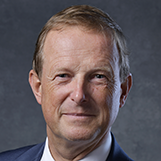
Christophe Gence
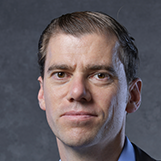
Adrian Krebs
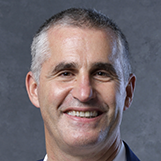
Felix Graf
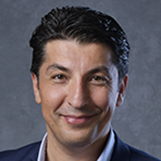
Garif Yalak
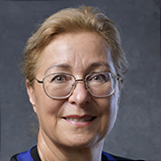
Jeannine Pilloud
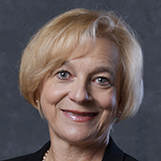
Kathrin Amacker
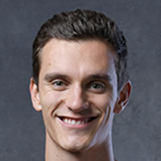
Luca Di Tizio
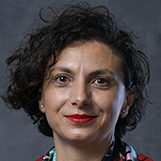
Margherita Fontana
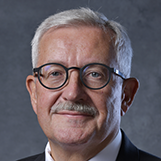
Martin Dahinden
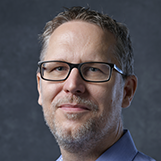
Matthias Bossardt
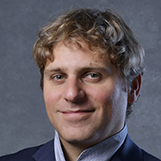
Pascal Kaufmann
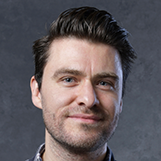
Philip Reichen
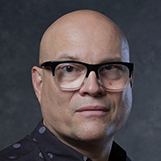
Lukas Fitze
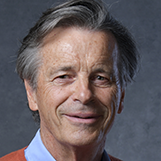
Hans Gut
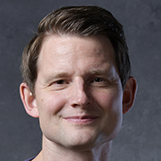
Fabian Unteregger
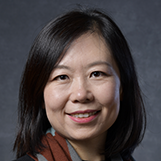
Mulan Sun Buschor
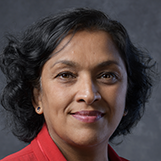
Shanthi Flynn
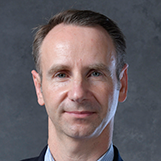
Patrick Anquetil
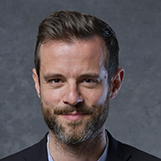
David Becker

Anette Freytag
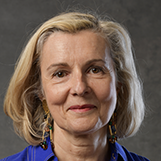
Francine Käch

Susan Kish
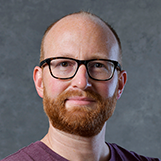
Daniel Naeff
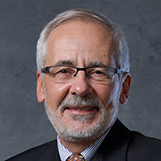
Daniel Schaufelberger

Felix Seidel Caprez

Ogi Stanovcic

George Szpiro
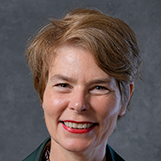
Cathrin Trebeljahr
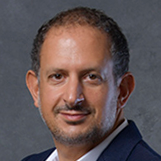
Philipp Rickenbacher

Martin Bosshardt

Nicoletta Piccolrovazzi
